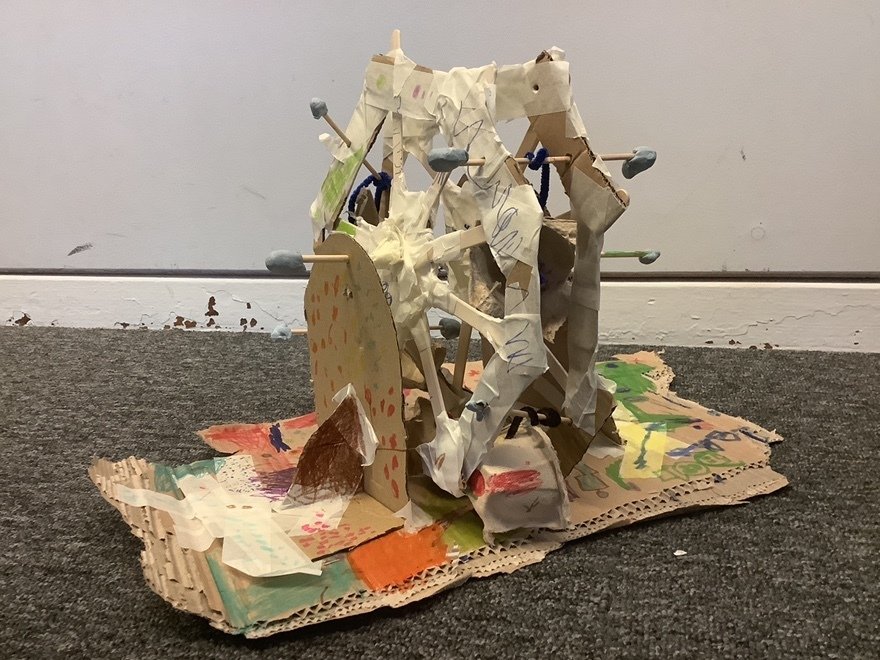Design & Technology
Our curriculum
Design and technology is essentially a practical subject that allows children to think imaginatively and creatively and to become more autonomous and effective problem solvers, both as individuals and as part of a team. It prepares children to participate in tomorrow’s rapidly changing technologies.
Our aim is to provide children with a rich and enjoyable experience of design and technology, in which they can acquire and develop their own designing and making skills. They will also understand the seasonality of food and have the skills and knowledge to prepare a variety of sweet and savoury dishes.
"DT is where we learn to make things," Yr 5 child.
"We plan and design things in DT," Yr 3 child.
"We use lots of different materials in DT especially recycled materials!" Yr 2 child.
Intent, Implementation and Impact Statement
Please click the link below to access this document.
Design and Technology Intent, Implementation and Impact statement
Curriculum content map
Please click the links below to see our coverage of Design & Technology across school from Nursery through to Year 6.
2025-26 Years 1,3 and 5 Curriculum content map DT Cycle B
2025-26 Years 2,4 and 6 Curriculum content map DT
DT policy
To view our Design & Technology policy, please click the link below.






